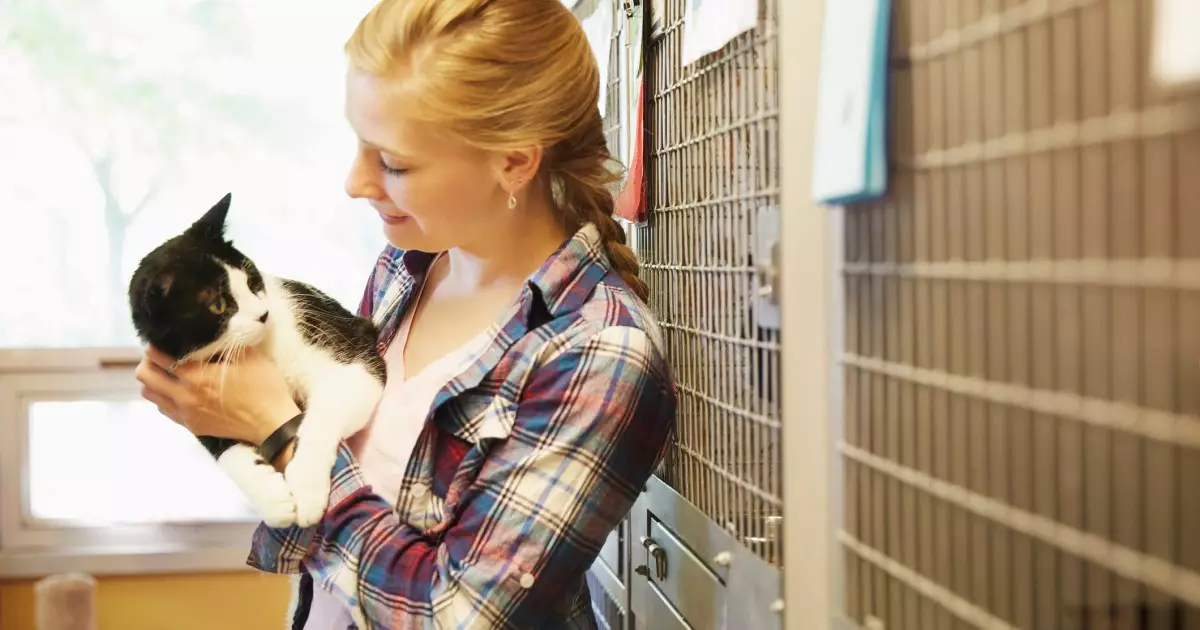In today’s society, there is a prevalent belief that certain professions, such as teaching and healthcare, hold higher moral ground compared to others, including volunteering at animal shelters. The hierarchical perception of worth in work can lead to disdain for any profession or activity deemed less critical. For instance, I encountered this bias firsthand when I expressed that helping animals was, in my view, one of the most meaningful ways to contribute to society. The immediate response I received from a therapist—a professional supposed to foster understanding—was shock accompanied by a barrage of questions regarding the value of other professions. “What about teachers? Or doctors?” she probed, seemingly dismissing the emotional labor involved in animal advocacy.
This critical moment in therapy not only revealed societal misconceptions about the worth of different types of service work but also threw a spotlight on an uncomfortable reality: many individuals underestimate the potential impact of volunteering, particularly when it involves the most vulnerable beings—animals. The therapist’s incredulity highlighted a deeply rooted belief in a societal hierarchy that elevates certain professions over others, disregarding the compassion and commitment inherent in volunteer work.
Despite the early discouragement, I have found a profound sense of purpose through my volunteer work with animals. There is a unique joy that comes from directly contributing to the well-being of shelter animals. Volunteering is not merely an altruistic endeavor; it forms a crucial part of my identity. Many people might assume that only specific jobs provide a sense of fulfillment or societal contribution; however, this outlook fails to recognize the immeasurable value of compassion and service found in volunteerism.
Each time I visit the shelter, I experience a range of emotions—from the elation of helping a timid dog come out of its shell to the heartbreak of realizing the severity of animal neglect. These moments allow me to connect with my emotional core, bringing a sense of grounding amidst life’s chaos. The challenge lies in the fact that, unlike many professions where measurable success is readily evident, the impact of volunteering can often feel intangible. At times, it feels as though my efforts carry minimal weight in the face of larger systemic issues affecting animal welfare.
The emotional investment in volunteering can be a double-edged sword. While there are moments of sheer joy—such as when a previously unadoptable dog finds its forever home—there are also days filled with overwhelming sadness and futility. The reality of witnessing animal suffering can be a heavy burden, and acknowledging this disappointment is vital for sustaining motivation.
There are days when I leave the shelter feeling defeated, wondering about the breadth of suffering still unaddressed. In those moments, the idea that “you get more than you give” feels particularly simplistic. It strips away the complexity and rawness of emotions tied to animal welfare and turns the experience into a mere transactional relationship. Yet, it’s often in those darkest moments that I uncover valuable insights—lessons about resilience, empathy, and the endurance of the human spirit.
Despite any challenges faced, the process of giving back is transformative. Regular interaction with animals in need provides clarity and perspective, reminding me of the privilege inherent in choice and action. Make no mistake; volunteering may not always yield the instant gratification of conventional professions. However, the emotional connection developed through these experiences fosters a unique understanding of life’s interconnectedness.
Furthermore, volunteering extends beyond the self. The more time and care given to shelter animals, the better their chances for adoption. This creates a direct correlation between volunteer efforts and tangible outcomes—those animals who receive better care become more adoptable, thereby contributing to an overall reduction in the animal population crisis.
In essence, a cycle of mutual benefit emerges: volunteers enrich the lives of shelter animals, who in turn provide companionship and joy to families. Additionally, as shelters become increasingly successful in adopting out animals, they can allocate more resources towards community outreach, thus broadening the impact of their work.
In an age where many feel disconnected, engaging in selfless service offers an avenue for healing—while also addressing the needs of vulnerable beings. It reminds us that every act of kindness, regardless of the scale, is an essential thread in the tapestry of community and humanity. Thus, who says that helping animals is any less significant than more traditionally lauded professions? Ultimately, we are reminded that compassion knows no bounds and that every effort counts in enriching lives, both human and animal alike.
